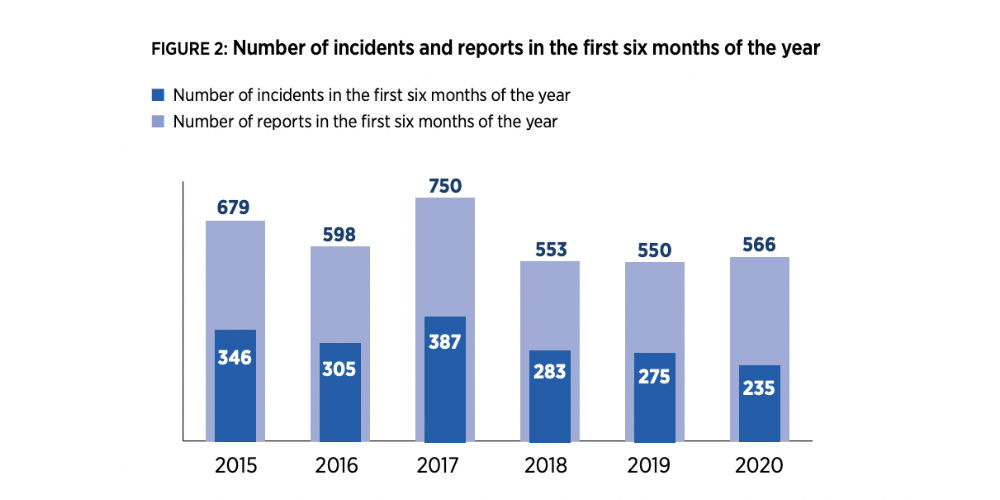Crime and Justice

Improving Crisis Prevention and Response
Researchers and public representatives met to address challenges that persist throughout our crisis system. They developed a set of 16 recommendations.

Calculating Unit Costs: A Resource for Justice System Decision-Making and Policy Analysis
Allegheny County completed a cost analysis of parts of the criminal justice system, including the cost of an arrest, the cost per day of incarceration, and the cost per day of probation supervision.

Advancing a coordinated response to Intimate Partner Violence
From June 2018 to December 2020, the Urban Institute conducted a systemwide assessment of the system response in Allegheny County, PA to intimate partner violence (IPV) to better understand the […]

Allegheny County Jail Population Decreases During COVID-19
During the pandemic, the Allegheny County Jail released eligible older and health-compromised individuals and low-risk individuals awaiting trial. This data brief explores the decrease of the Jail population and the recidivism of people who were released.

Use of Force by City of Pittsburgh Police
The City of Pittsburgh Bureau of Police tracks each incident in which an officer uses force with a subject. This report describes trends in use of force incidents and information about the circumstances and subjects involved.

Population of the Allegheny County Jail: Interactive Dashboard
Data available from 2018 to the present. Updated daily.

Understanding and Addressing Institutionalized Inequity: Disrupting Pathways to Juvenile Justice for Black Youth in Allegheny County
Developed by the Black Girls Equity Alliance, this independent report uses data from several local partners, including the Allegheny County Department of Human Services, to explore racial disproportionality in youth […]

Public Defense at Preliminary Arraignments Associated with Reduced Jail Bookings and Decreased Disparities
In Allegheny County, a preliminary arraignment is a defendant’s first court appearance, during which a judge notifies the defendant of their charges and a bail determination is made. Defendants are […]

Students’ Experiences with the Juvenile and Criminal Justice Systems In and Out of School: A Longitudinal Analysis of Pittsburgh Public School Students, 2010–2018
The presence of police officers in schools has become increasingly common since the practice was introduced in the 1950s. While law enforcement in schools may deter criminal behavior, it can […]

A Behavioral Health and Criminal Justice Cross-System Evaluation: Findings and Recommendations
Throughout the United States, people experiencing behavioral health challenges are overrepresented in the criminal justice system and Allegheny County is no exception. To better understand the state of our current […]

Women in the Allegheny County Criminal Justice System
This report describes women in the Allegheny County criminal justice system with a goal of better understanding the population by exploring their demographics and human services history. The analysis describes […]

Allegheny County Jail Collaborative Annual Report, 2018-2019
The Allegheny County Jail Collaborative is an alliance of government agencies and nonprofit groups dedicated to addressing the needs of people returning to the community after leaving the Allegheny County […]

Arrest Trends in the City of Pittsburgh
Analysis of arrests over time provides valuable insights about a city and its changing crime trends and law enforcement policies. This series of three reports uses data from the City […]

Naloxone Distribution in the Allegheny County Jail to Prevent Overdose: Data Brief
In 2016, the Allegheny County Jail began offering naloxone, a life-saving medication that rapidly reverses opioid overdose, to people exiting the jail. Since then, the jail has distributed over a […]

Allegheny County Jail Collaborative Annual Report, 2017-2018
The Allegheny County Jail Collaborative is a group of government agencies, nonprofit organizations, volunteers and community members who are committed to improving the transition of people returning to the community […]
